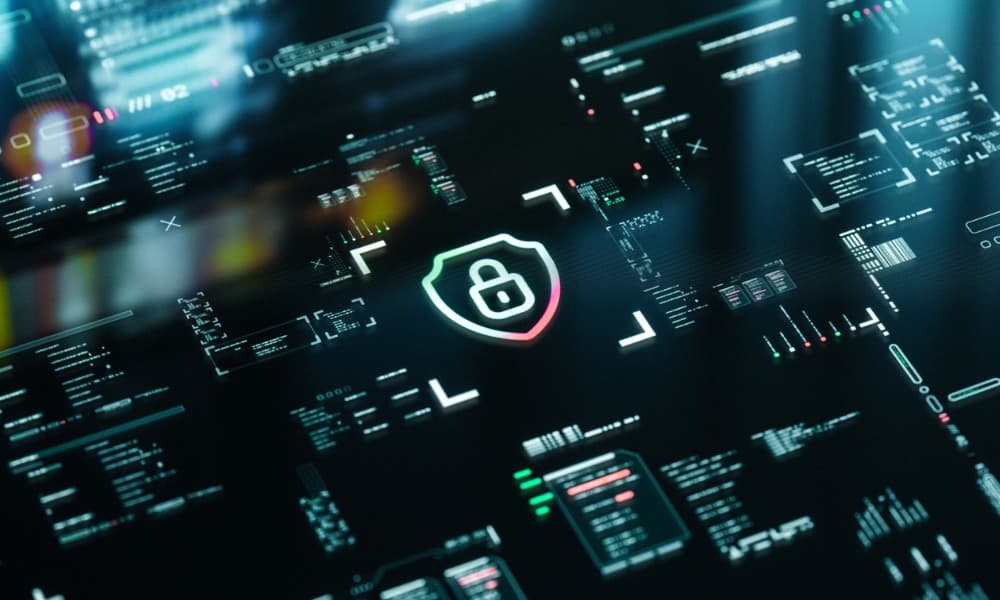With threats evolving all the time, cybersecurity shouldn’t be an afterthought. Here’s how to take charge:
Key takeaways:- Investing in robust cybersecurity solutions is necessary to deflect increasingly sophisticated threats.
- Effective access controls let you regulate who has access to what, and their privileges.
- Timely software updates and patch management cover security holes and block hackers.
- Ongoing cybersecurity awareness training strengthens your first line of defense—employees.
- Even when you things right, mishaps can happen. Don’t skimp on incident response planning.
Risk assessment and management
To manage risk, you must first understand it, so you need to conduct an assessment. A comprehensive risk assessment helps find and stop security leakages before they turn problematic. It can be split into risk identification, analysis, evaluation, and documentation. Here’s what to do at each stage: 1. Risk identification: Take inventory of all your IT assets, then create a network architecture diagram to gain visibility of communication paths, the interconnectivity between them, and entry points into the network. Next, identify the threats to each asset and their consequences. Leverage information from reliable sources like Mitre ATT&CK, the Cyber Threat Alliance, or the Cybersecurity & Infrastructure Security Agency. These organizations provide quality, up-to-date cyber threat information in various industries and technologies. 2. Risk analysis: Determine the probability of the identified risks occurring and the potential impact they may have on your organization. 3. Risk evaluation: Use a risk matrix to classify each risk scenario, then prioritize scenarios that are above your organization’s risk tolerance for treatment. 4. Documentation: Document all identified threats and regularly review them for a current account of your organization’s cybersecurity risks. Always conduct a risk assessment when new activities or systems are introduced and new threats arise. That way, no vulnerability ever goes undetected.Implementing strong access controls
Properly regulating who can access your organization’s IT assets and which actions they can perform is crucial to fight nefarious actors. Access controls facilitate lists of authorized users and assign privileges to each. When someone tries to log into your system or network, the identity is first verified, then grants access based on the privileges attached to the user ID. This minimizes the risk of unauthorized access, keeping your business safer. Here are the best practices for implementing access controls:- Establish strong password policies and multi-factor and biometric authentication to validate user identity.
- Use the principle of least privilege to restrict access to the minimum resources needed to perform an authorized activity.
- Assign privileges based on responsibilities.
- Regularly review and update access privileges to ensure alignment with business needs and to eliminate vulnerabilities.
Regular software updates and patch management
Hackers are always looking for ways to exploit software vulnerabilities. They take advantage of security flaws by planting malware on your system. Malware attacks can start with no action other than playing infected media, opening a compromised message, or viewing a rogue website. An infected device can spread malware to others in the network in a matter of minutes. What happens next? The malware gives hackers control over your system, steals data, or encrypts files so that they’re unusable. Timely software updates and patch management cover security holes and block hackers. Follow these steps:- Identify which assets in your inventory are missing patches.
- Use threat-intelligence feeds to find critical system vulnerabilities, then patch them ahead of less essential ones.
- Test patches before installing them to fix vulnerabilities without causing additional problems.
- Deploy patches when few or no employees are working, or roll them out iteratively to avoid disruptions and catch issues before they spread to the entire network.
